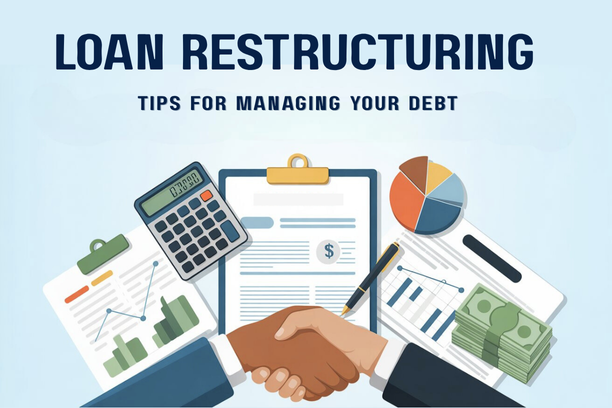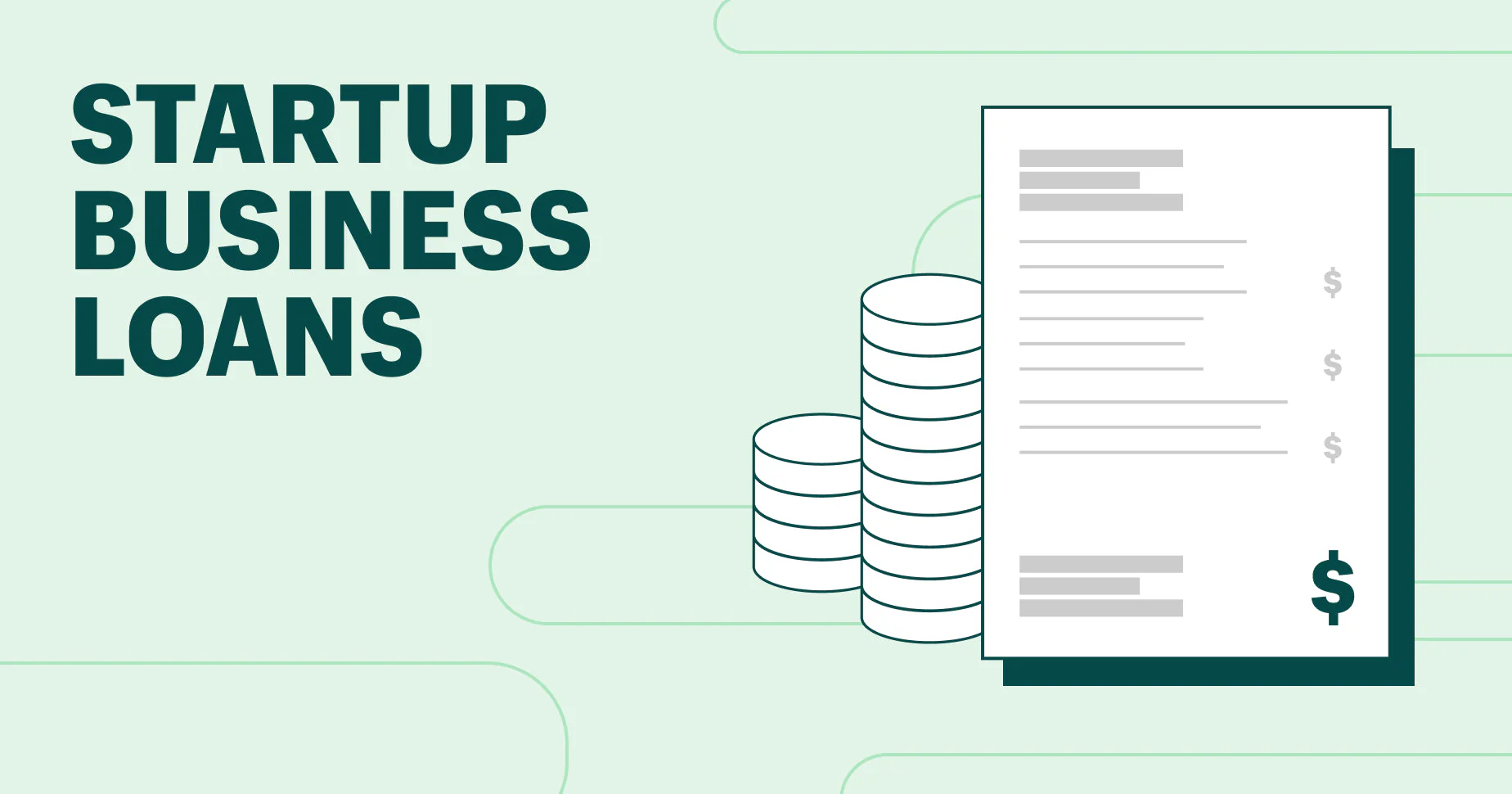Securing a business loan can be the catalyst for growth, helping entrepreneurs fund new ventures, expand operations, or manage cash flow. However, the process of getting a business loan in the Philippines can be daunting, especially for small and medium-sized enterprises (SMEs). Navigating the myriad of requirements, documents, and application steps can be a challenge. This A-to-Z guide will walk you through every stage, from preparing your business to understanding the different types of loans available, ensuring you are fully equipped to approach the process with confidence and increase your chances of getting approved.
Part 1: The Preparation Phase – Laying the Foundation
Before you even fill out a single form, the most crucial phase of getting a business loan is the preparation. Lenders are looking for a financially healthy and well-organized business. They want to see that you have a clear plan for the funds and a solid foundation to support the repayment. Taking the time to get your business’s affairs in order will not only streamline the application process but also demonstrate your professionalism and seriousness as a borrower.
Getting Your Business in Order
The first step in any business loan application is ensuring your business is legally and financially sound. Lenders will perform extensive due diligence to verify the legitimacy and stability of your company. This begins with having all your legal documents in order. You must have a registered business name with the Department of Trade and Industry (DTI) for a sole proprietorship, or a Certificate of Incorporation from the Securities and Exchange Commission (SEC) for a partnership or corporation. These legal documents prove that your business is a legitimate entity in the Philippines. Without these fundamental registrations, no financial institution will even consider your application.
Beyond legal registration, you must also have a clear and organized set of financial records. Lenders need to see a history of stable performance and a healthy financial standing. This includes a well-kept general ledger, audited financial statements for the past one to three years, and up-to-date bank statements. These documents provide a comprehensive snapshot of your company’s financial health, showing your revenues, expenses, and profitability. A clean set of financial records builds credibility and gives the lender the confidence to assess your business’s financial capacity. Any inconsistencies or gaps in your financial statements will raise red flags and may result in an immediate loan rejection.
Finally, having a clear and compelling business plan is non-negotiable. This document should outline your business’s mission, a detailed market analysis, and a clear strategy for using the loan proceeds. The business plan should articulate your goals, how you plan to achieve them, and how the loan will help you get there. Lenders want to see that your business is not just a good idea, but a viable, profitable venture with a well-thought-out plan. It demonstrates that you are a serious business owner who has done the necessary research and has a strategic vision for growth.
Knowing Your Financial Needs and Loan Options
Before you approach any lender, you must have a crystal-clear understanding of your financial needs. This involves determining the exact amount you need to borrow and having a detailed plan for how the money will be used. Lenders will always ask for a breakdown of how the funds will be allocated, whether it is for purchasing new equipment, expanding a branch, or adding to your working capital. A specific and well-justified request shows that you are a responsible borrower who has a clear purpose for the loan, which is a key factor in the approval process.
Once you know your needs, you must research the different types of loan products available in the Philippines to find the one that best suits your business. The most common type is a term loan, which is a lump sum of money repaid over a fixed period with a set interest rate. For day-to-day operations or managing cash flow, a credit line may be more suitable, as it allows you to borrow up to a certain limit as needed. For start-ups or specific projects, government-backed programs like those from the Small Business Corporation (SB Corp) offer favorable terms. By understanding these options, you can approach lenders with a specific request that matches their product offerings, showing them that you have done your homework.
Additionally, understanding the interest rates and repayment terms of different loan types is crucial for preparing your application. A lower interest rate can save your business thousands of pesos over time, so it is important to shop around. Banks and lending institutions will have different rates and terms based on their risk assessment of your business. By gathering this information in advance, you can compare offers from multiple lenders and choose the most financially advantageous one for your business. This careful research demonstrates that you are not just a business owner, but a financially savvy one who understands the long-term implications of debt.
Part 2: The Application and Approval Process
With your business prepared and your needs defined, you are ready to begin the formal application process. This phase involves a series of steps that can be lengthy, so a proactive and organized approach is essential. From submitting your application to undergoing a credit check, every step is designed to help the lender make an informed decision about your loan.
Submitting Your Application and Undergoing Verification
The first step is to complete and submit the loan application form, along with all the required documents you have prepared. Most lenders today allow for online submissions, which can expedite the initial review process. However, whether you apply online or in person, you must ensure that all the information you provide is accurate and consistent with your financial records. Any discrepancies can lead to a red flag and may even be seen as an attempt to mislead the lender, which can result in an outright rejection.
After the submission, the lender will begin the verification process. This involves a thorough credit check to review your personal and business credit history. They will check for any outstanding loans, a history of timely payments, and any past defaults. A good credit score is a strong indicator of a responsible borrower and is a key factor in loan approval. The lender will also contact your business references, such as your suppliers or customers, to verify your business’s reputation and operational stability. They may also conduct a site visit to your business location to confirm the information you provided and to get a firsthand look at your operations.
The verification process can also involve an interview with the loan officer. This is your opportunity to present your business case in person, articulate your vision, and answer any questions the lender may have. The loan officer will likely ask for details about your business’s day-to-day operations, your plans for the loan proceeds, and your strategies for managing repayment. This interview is a chance to build a personal rapport with the lender and to demonstrate your passion and commitment. A well-prepared and confident performance during this interview can be a deciding factor in securing your loan.
The Final Stages: Review, Approval, and Disbursement
Once all verifications are complete, your application will be forwarded to the lender’s credit committee for a final review. This committee will evaluate your business’s financial health, your personal credit history, and the overall risk of the loan. They will consider all the information gathered during the preparation and verification phases to make a final decision. This stage can take a few weeks, and it is a time for you to be patient. Your loan officer will keep you updated on the status of your application.
If the credit committee approves your loan, you will receive a loan offer letter that outlines the final terms and conditions. This is a critical document that you must read carefully before signing. It will specify the approved loan amount, the interest rate, the repayment schedule, and any fees or charges. It is important to ensure that these terms match your expectations and that you are comfortable with the repayment plan. If you have any questions or concerns, now is the time to ask your loan officer for clarification. Do not hesitate to negotiate or ask for a better deal if you feel the terms are not favorable.
After you sign the loan agreement and fulfill any remaining requirements, the loan proceeds will be disbursed to your account. This final step marks the culmination of your efforts. The disbursement of funds means you can now put your plans into action and use the loan to grow your business. It is a moment of great relief and excitement, but it is also a reminder that the responsibility of repayment now begins. The key to a successful loan is not just getting it, but using it wisely and paying it back on time.
Conclusion
Securing a business loan in the Philippines is a challenging but rewarding process that can unlock your company’s full potential. By approaching it with a strategic mindset, you can significantly improve your chances of success. The key is to be meticulous in your preparation, from organizing your legal and financial documents to researching your options and crafting a compelling business plan. By presenting a strong, well-prepared case to a lender, you are not just asking for money—you are demonstrating that your business is a worthy and reliable investment.













